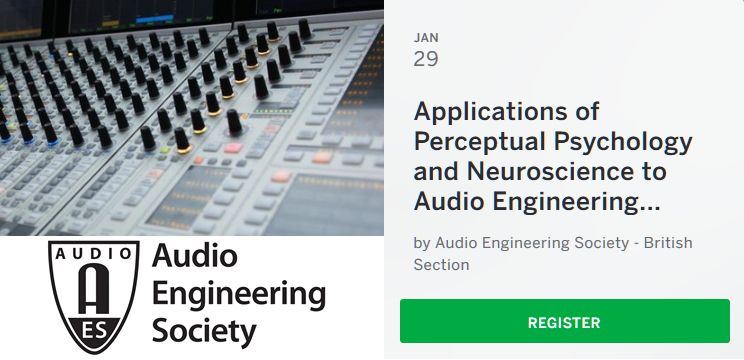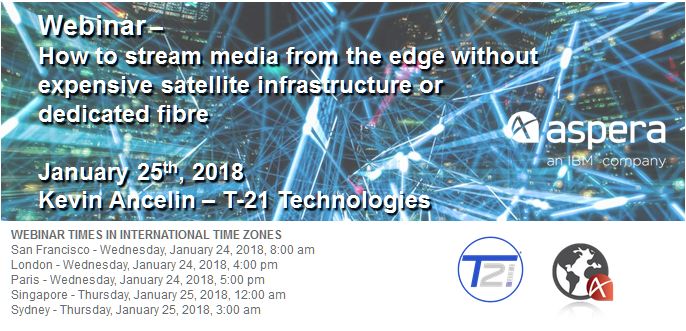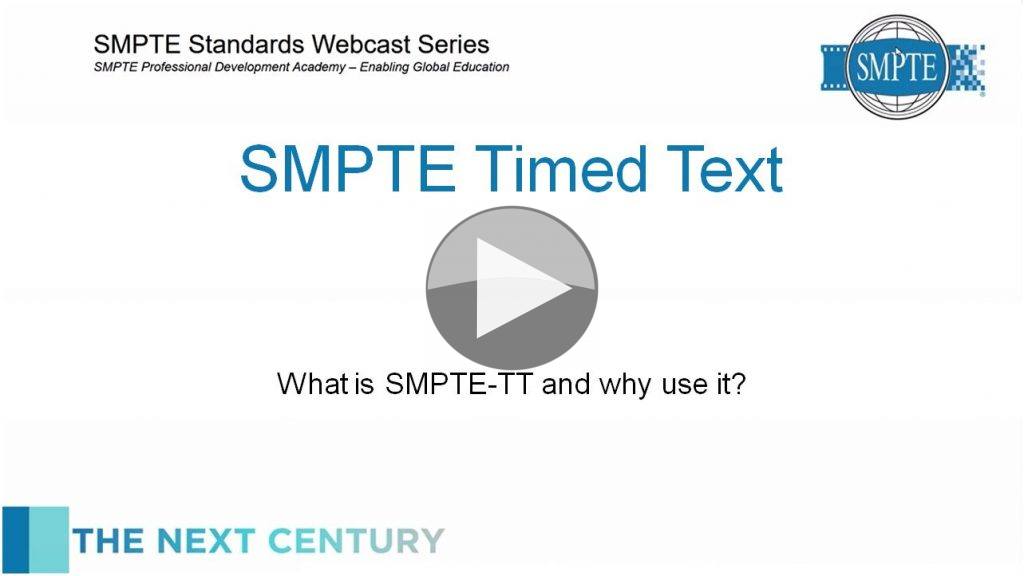
Over the last few years, the emergence of new technology and the sheer volumes of new programming content to be processed and delivered had presented many challenges for Discovery Communications. To address these, Discovery decided to re-evaluate and re-design their media supply chain, choosing a cloud-based model, enabled by companies such as Amazon Web Services and SDVI. This webinar presents how Discovery designed and deployed their virtualized media supply chain, with insights into the challenges they faced, how they selected their partners, and the significant cost and operations benefits that they are now achieving.
With Speakers Josh Derby, Vice President, Technology and Development & Strategy, Discovery Communications
Bhavik Vyas, Global Alliances & Segment Leader – Media and Entertainment, AWS
Brian Pelletier, Products & Solutions, SDVI




